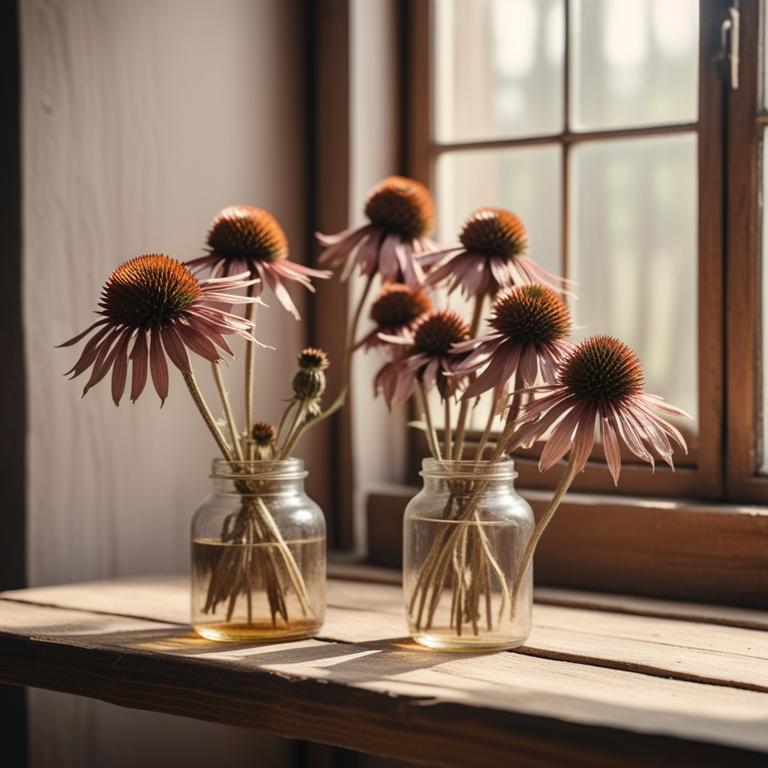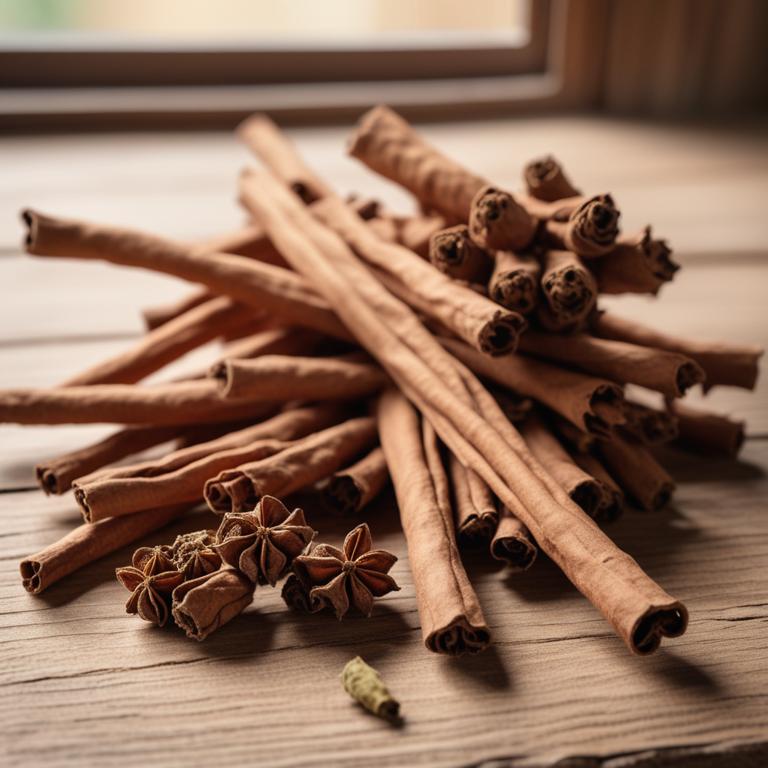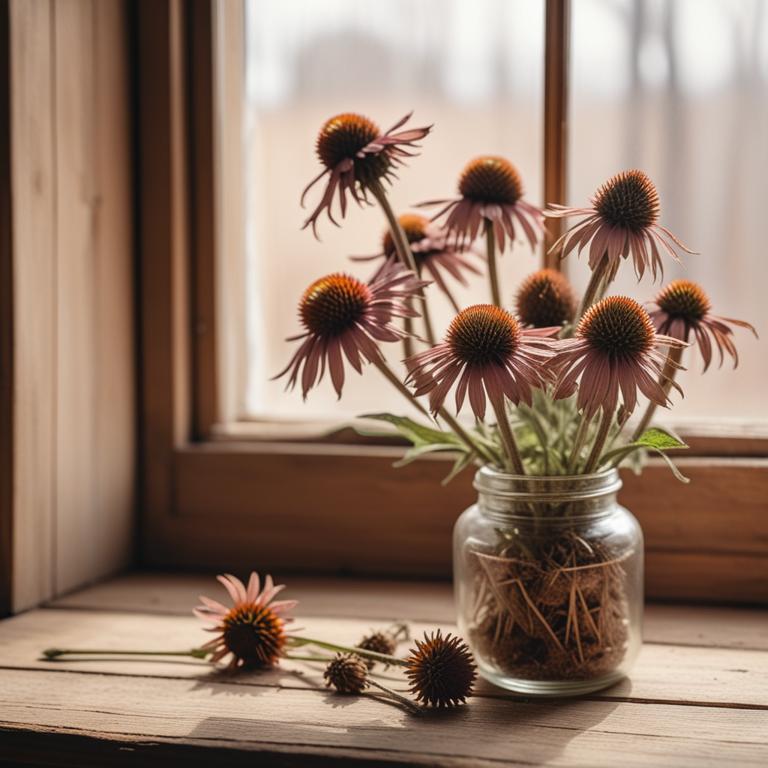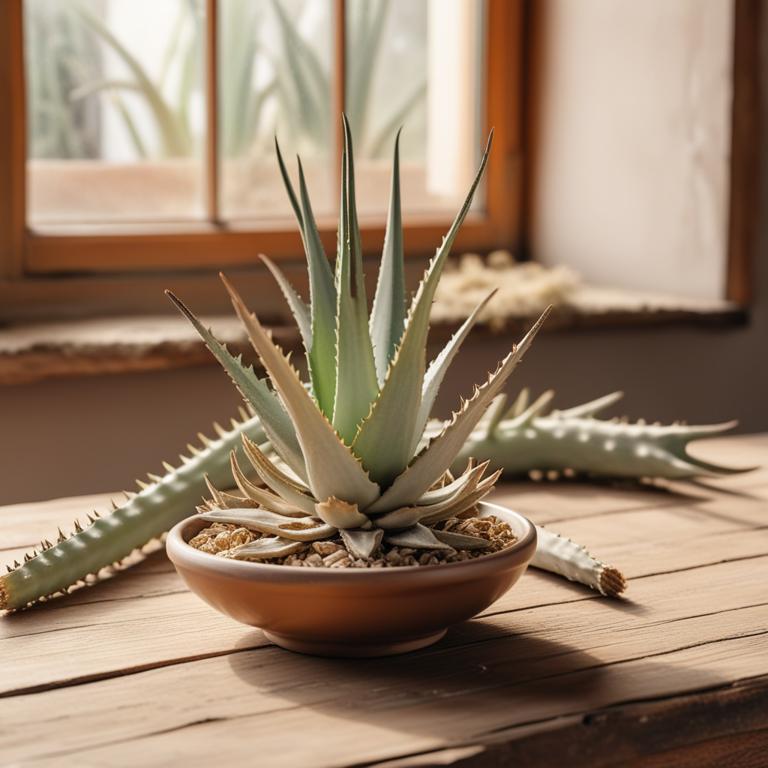Updated: Nov 30, 2024
9 Herbal Creams For Foot Odor
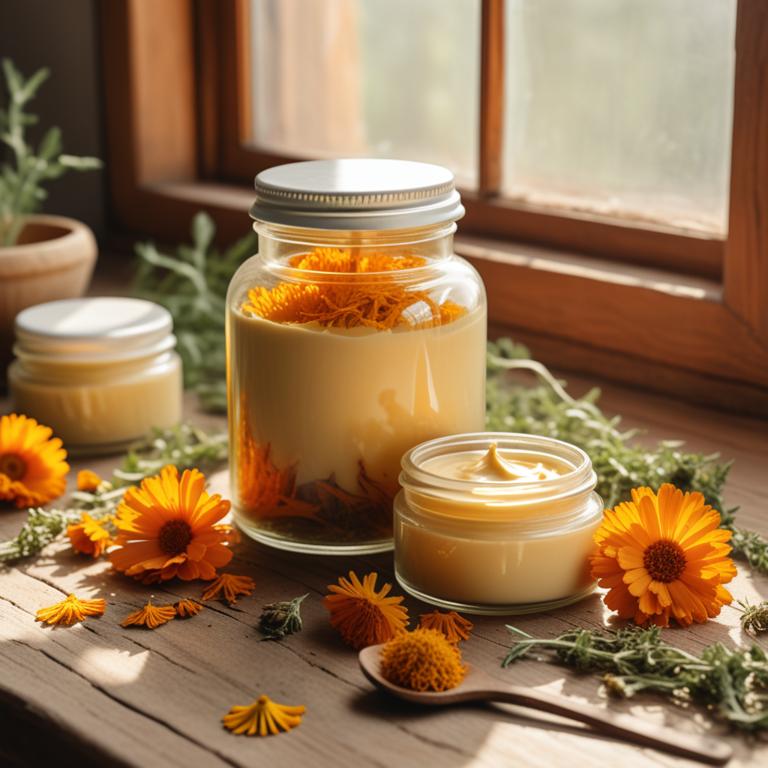
Herbal creams for foot odor are becoming a popular solution for people who struggle with smelly feet.
But have you ever wondered why they're effective?. The answer lies in the natural antifungal and antibacterial properties of certain herbs. When you apply a cream infused with these herbs, you're helping to reduce the number of bacteria that cause foot odor. Take Melaleuca alternifolia, for example. This herb, also known as tea tree oil, is well-known for its ability to kill bacteria and fungi. When applied topically, it can help to eliminate the causes of foot odor. Another herb, Cymbopogon citratus, also known as lemongrass oil, has a similar effect.
Its citrusy scent not only freshens up your feet but also works to combat bacterial growth. Eucalyptus globulus, or eucalyptus oil, rounds out this trio of foot-odor-fighting herbs. Its decongestant properties help to dry out the feet, reducing sweat and bacterial growth. Using herbal creams for foot odor can bring several benefits to your life. For one, they're a natural alternative to harsh chemicals and antibiotics. This means you can avoid potential side effects and allergies associated with traditional treatments. Additionally, these creams often have a refreshing scent, leaving your feet feeling cool and clean. This is especially welcome during the summer months when foot odor can be at its worst.
By incorporating herbal creams into your foot care routine, you can enjoy fresher feet and greater confidence in your daily life.
This article explains in detail what are the best herbal teas for foot odor and wh.
Also, you may be interested in...
Today Free Bonus!
The Ultimate Herb Drying Checklist
(For Long-Lasting Powerful Medicinal Effect)
How to easily dry herbs that don't mold and that keep their strong medicinal power for more than 1 year.
Table of Contents
1. Melaleuca alternifolia
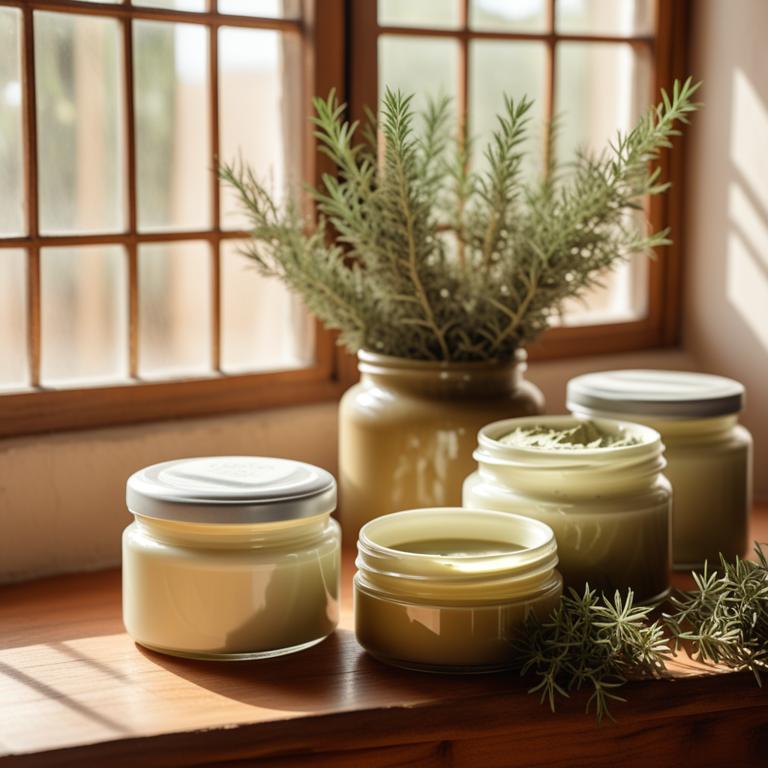
Melaleuca alternifolia creams contains a compound called terpinen-4-ol, which is known for its antimicrobial properties.
These properties help to reduce the growth of bacteria that cause foot odor, such as Brevibacterium and Staphylococcus species. The compound also has antifungal properties, which can help to control the growth of fungi like Trichophyton and Aspergillus that contribute to foot odor. Additionally, melaleuca alternifolia creams contain other bioactive constituents, including cineole and alpha-pinene, which have anti-inflammatory and antioxidant properties that can help to soothe and protect the skin from irritation and damage.
By reducing bacterial and fungal growth and soothing the skin, melaleuca alternifolia creams can help to address the underlying causes of foot odor.
- Gather ingredients: 2 cups of distilled water, 1 cup of coconut oil, 1/2 cup of shea butter, 2 tablespoons of beeswax, 10 drops of Melaleuca alternifolia essential oil.
- Melt coconut oil, shea butter, and beeswax in a double boiler. Stir until beeswax is fully melted.
- Remove melted mixture from heat and let it cool slightly. Add distilled water and stir well.
- Add 10 drops of Melaleuca alternifolia essential oil and stir well. Pour mixture into a clean container.
- Let the mixture cool and solidify. Once solid, your Melaleuca alternifolia cream is ready to use for foot odor.
2. Cymbopogon citratus
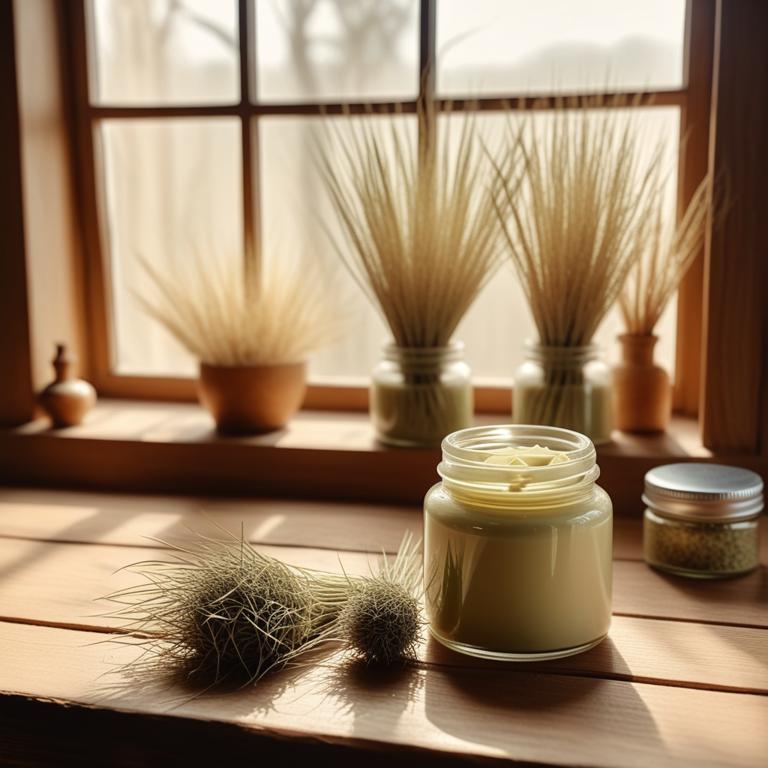
Cymbopogon citratus creams contains a high concentration of limonene, linalool, and geraniol, which are its active constituents.
These compounds have antimicrobial and antifungal properties that help to reduce the growth of bacteria and fungi on the skin, the primary cause of foot odor. The antiseptic properties of limonene and linalool also help to kill the bacteria and fungi that contribute to foot odor. Additionally, geraniol has a deodorizing effect, which helps to eliminate the unpleasant odors associated with foot sweat.
By reducing the growth of bacteria and fungi, and eliminating odors, Cymbopogon citratus creams helps to keep feet fresh and odor-free.
- Mix 1 cup of distilled water and 1/4 cup of glycerin in a bowl.
- Add 2 tablespoons of Cymbopogon citratus essential oil to the mixture and stir well.
- In a separate bowl, mix 1/2 cup of shea butter and 1/4 cup of coconut oil until smooth.
- Combine the water-glycerin mixture with the shea butter-coconut oil mixture and stir until combined.
- Pour the mixture into an airtight container and refrigerate for 30 minutes before use.
3. Eucalyptus globulus
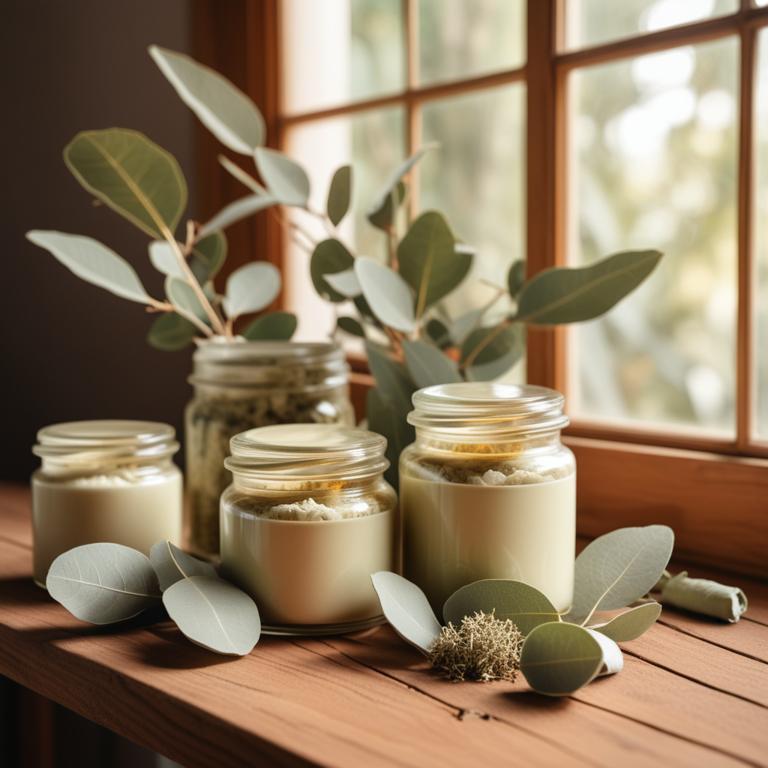
Eucalyptus globulus creams contains compounds like caryophyllene, limonene, and alpha-pinene that help reduce foot odor.
These compounds have antibacterial and antifungal properties that inhibit the growth of bacteria and fungi that cause bad smells. The decongestant properties of eucalyptus globulus help to dry the skin, reducing moisture that bacteria and fungi need to thrive. The antiseptic properties of eucalyptus globulus creams also help to kill bacteria and fungi on contact, preventing the spread of foot odor.
Regular use of eucalyptus globulus creams can help to keep the feet dry and clean, reducing the likelihood of foot odor.
- Gather 1 cup of coconut oil, 1/4 cup of shea butter, and 2 tablespoons of beeswax in a heat-proof bowl.
- Melt the coconut oil, shea butter, and beeswax in a double boiler or in a microwave-safe bowl in 10-second increments, stirring between each interval, until melted.
- Add 10 drops of Eucalyptus globulus essential oil to the melted mixture and stir well.
- Pour the mixture into a small tin or container and let it cool and harden at room temperature.
- Once hardened, your Eucalyptus globulus cream is ready to use. Apply a small amount to the affected area to help reduce foot odor.
4. Rosmarinus officinalis
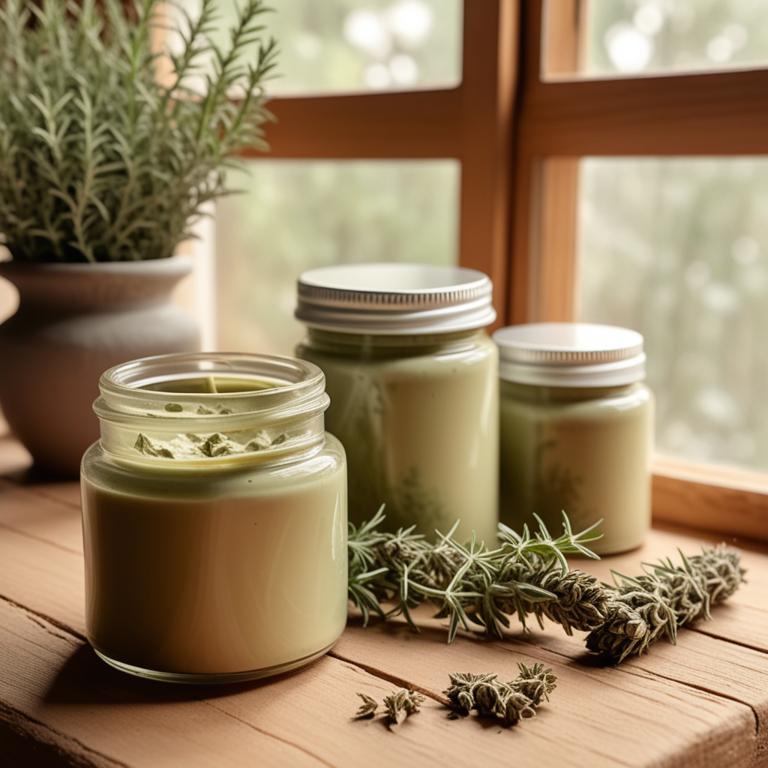
Rosmarinus officinalis creams contains carnosic acid, a potent antioxidant that helps reduce foot odor.
It also contains 1,8-cineole, which has antibacterial properties that fight against the bacteria causing foot odor. The antimicrobial properties of these compounds help prevent the growth of bacteria that can lead to foot odor. Additionally, the astringent properties of Rosmarinus officinalis help tighten the skin pores and reduce sweat, which in turn reduces the moisture that bacteria need to thrive.
By controlling the growth of bacteria and reducing sweat, Rosmarinus officinalis creams help keep feet smelling fresher for longer.
- Gather 1 cup of distilled water, 1/4 cup of coconut oil, 2 tablespoons of beeswax, and 10 drops of Rosemary essential oil.
- Melt the beeswax in a double boiler or in a microwave-safe bowl in 10-second increments, stirring between each interval until melted.
- Combine the melted beeswax with the coconut oil and stir until smooth.
- Add the Rosemary essential oil and mix well. Stir in the distilled water until the mixture is well combined.
- Pour the mixture into a small container and let it cool and solidify before use. Apply to feet as needed.
5. Zingiber officinale
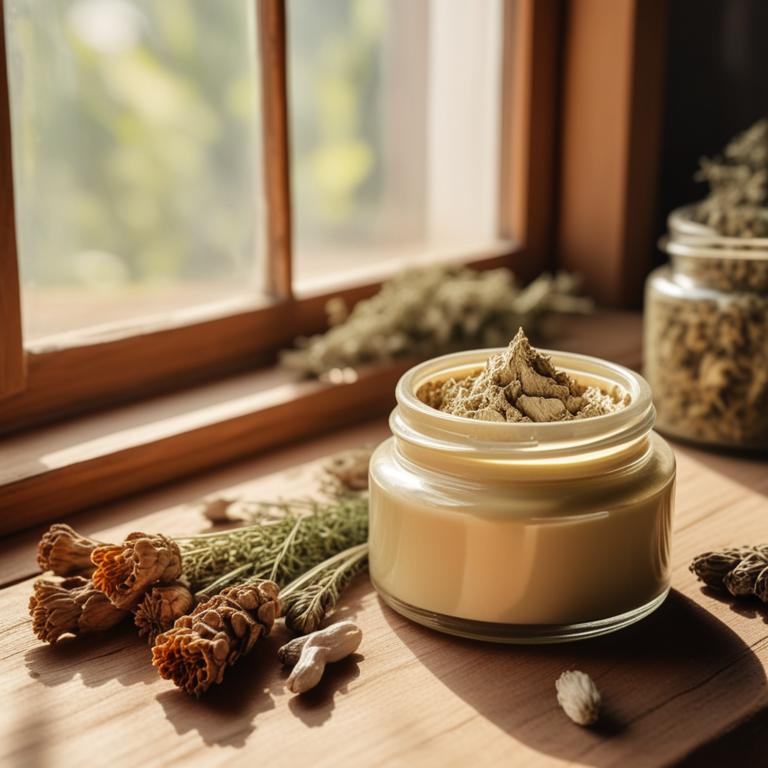
Zingiber officinale creams contains zingiberene and geraniol, compounds that are known to have antifungal properties.
These properties help to reduce the growth of bacteria and fungi that cause foot odor. Geraniol, in particular, has been shown to have a strong inhibitory effect on the growth of fungi, making it an effective ingredient in combating foot odor. The antiseptic properties of zingiberene also help to eliminate bacteria and fungi that contribute to foot odor, leaving the feet feeling fresh and clean.
By reducing the growth of odor-causing microorganisms, Zingiber officinale creams provides a natural and effective solution for eliminating foot odor.
- Gather ingredients: 1 cup of coconut oil, 1/2 cup of beeswax, 2 tablespoons of shea butter, 2 tablespoons of ginger essential oil, and 2 tablespoons of tea tree essential oil.
- Melt the coconut oil and beeswax in a double boiler or a heat-proof bowl set over a pot of simmering water.
- Once melted, remove from heat and stir in the shea butter until it's fully incorporated.
- Add the ginger and tea tree essential oils to the mixture and stir well.
- Pour the mixture into a container and let it cool and solidify before use. Store in an airtight container in the fridge for up to 2 weeks.
6. Lavandula angustifolia
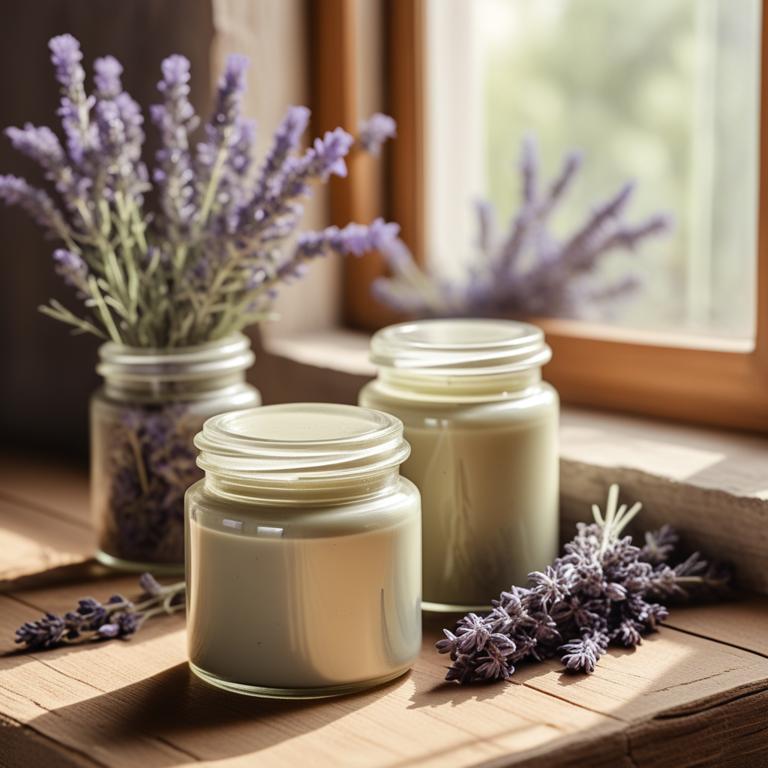
Lavandula angustifolia creams contains linalool and linalyl acetate, which are two of its main bioactive constituents.
These compounds have antimicrobial properties, which help to reduce the amount of bacteria that can cause foot odor. The antifungal properties of linalool also inhibit the growth of fungi, another common cause of foot odor. Additionally, the antiseptic properties of linalyl acetate help to prevent the spread of bacteria and fungi on the skin.
This combination of antimicrobial, antifungal, and antiseptic properties makes Lavandula angustifolia creams a useful treatment for foot odor.
- Gather ingredients: 1 cup of distilled water, 2 tablespoons of beeswax, 2 tablespoons of coconut oil, 1 teaspoon of vitamin E oil, 10 drops of Lavandula angustifolia essential oil.
- Melt beeswax and coconut oil in a double boiler or a heat-proof bowl in a pot of simmering water.
- Add distilled water to the melted mixture and stir until combined. Remove from heat.
- Add vitamin E oil and Lavandula angustifolia essential oil to the mixture. Stir well to combine.
- Pour the mixture into a small tin or jar and let it cool and solidify. Use as a foot cream to help reduce foot odor.
7. Thymus vulgaris
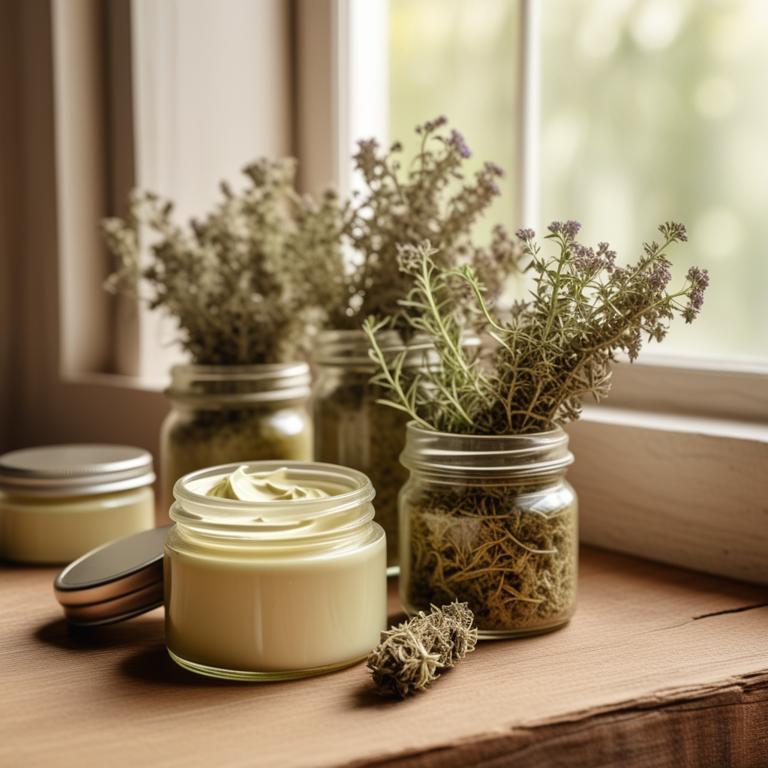
Thymus vulgaris creams contains thymol and carvacrol, two active constituents that help reduce foot odor.
Thymol is a natural antifungal agent that kills fungi causing odor, while carvacrol is an antibacterial compound that fights bacteria that contribute to foot odor. Thymol also has deodorizing properties that help eliminate odor-causing molecules, leaving feet smelling fresher. The antibacterial and antifungal properties of thymol and carvacrol work together to control the growth of microorganisms that cause foot odor.
By applying Thymus vulgaris creams to the feet, these properties help to control and eliminate foot odor.
- Gather ingredients: 1 cup of water, 2 tablespoons of beeswax, 2 tablespoons of coconut oil, 2 tablespoons of shea butter, 2 teaspoons of dried Thymus vulgaris leaves, 1 teaspoon of vitamin E oil.
- Heat the water in a saucepan over low heat until it's warm.
- Add the beeswax, coconut oil, and shea butter to the warm water. Stir until they're fully melted.
- Add the dried Thymus vulgaris leaves and vitamin E oil to the mixture. Stir well and let it infuse for 10-15 minutes.
- Strain the mixture into a bowl and let it cool. Once it's solid, apply it to your feet to help reduce foot odor.
8. Salvia officinalis
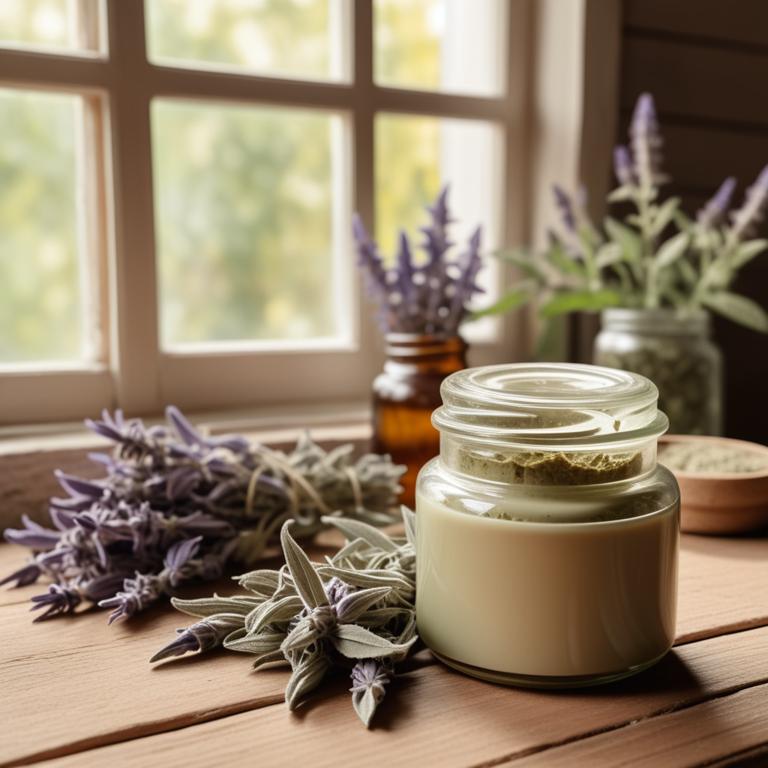
Salvia officinalis creams contains salvenic acid, tannins, and saponins, which are known to have antifungal properties.
These compounds help to inhibit the growth of bacteria and fungi that cause foot odor. Salvia officinalis creams also contain flavonoids, which have antioxidant properties that help to reduce inflammation and soothe the skin. The antiseptic and antibacterial properties of Salvia officinalis creams make it effective in controlling foot odor and promoting a healthy environment for the skin.
By reducing the presence of bacteria and fungi, Salvia officinalis creams can help to eliminate foot odor and keep feet feeling fresh and clean.
- Gather ingredients: 1 cup of dried Salvia officinalis leaves, 1/2 cup of coconut oil, 1/4 cup of shea butter, 2 tablespoons of beeswax, 2 tablespoons of vitamin E oil.
- Steep 1 cup of dried Salvia officinalis leaves in 2 cups of boiling water for 10-15 minutes. Let it cool, then strain the mixture.
- In a small saucepan, melt 1/2 cup of coconut oil, 1/4 cup of shea butter, and 2 tablespoons of beeswax over low heat.
- Add the strained Salvia officinalis liquid, 2 tablespoons of vitamin E oil to the melted mixture. Stir well.
- Pour the mixture into small containers and let it cool. Your Salvia officinalis cream for foot odor is ready to use.
9. Calendula officinalis

Calendula officinalis creams contains triterpenoid saponins and flavonoids like quercetin and luteolin.
These compounds have anti-inflammatory and antimicrobial properties that help combat foot odor. The triterpenoid saponins in Calendula officinalis disrupt the cell membranes of odor-causing bacteria, such as Staphylococcus and Corynebacterium, which are commonly found on the feet. The flavonoids, like quercetin, also have antibacterial properties that further inhibit the growth of these bacteria.
The combination of these compounds in Calendula officinalis creams makes it an effective treatment for foot odor.
- Gather 2 cups of distilled water, 1 cup of dried Calendula flowers, 1 cup of coconut oil, 1/2 cup of shea butter, 1/4 cup of beeswax, 2 tablespoons of vitamin E oil, and 10 drops of tea tree essential oil.
- Combine the dried Calendula flowers and distilled water in a saucepan. Heat the mixture over low heat for 10-15 minutes, then let it cool.
- Strain the mixture and discard the Calendula flowers. In a separate bowl, mix the coconut oil, shea butter, and beeswax. Heat the mixture in the microwave or a double boiler until melted.
- Combine the strained Calendula mixture and the melted oil mixture in a bowl. Add the vitamin E oil and tea tree essential oil. Stir well to mix.
- Pour the mixture into a container and let it cool and solidify. Once set, use a spatula to scrape the mixture into a foot cream. Store it in an airtight container in the fridge for up to 6 months.
FAQ
Can drinking herbal tea prevent foot odor from forming?
Drinking herbal tea may help prevent foot odor.
Certain herbs, like tea tree oil and peppermint, have antimicrobial properties that can reduce bacteria on the skin. This can help prevent the smell-causing bacteria that live on your feet from multiplying and causing odor.
Regular herbal tea consumption might keep your feet fresher.
Is it safe to consume herbal teas for foot odor every day?
Herbal teas for foot odor can be a natural solution, but consuming them daily may not be entirely safe.
Some herbal teas contain strong ingredients like tea tree oil, which can interact with medications or cause stomach issues if taken in excess.
It's best to follow the recommended usage and listen to your body.
How long does it take for herbal teas to show results in foot odor?
Herbal teas can start to help with foot odor within a few hours.
Some people notice a difference in their foot odor after drinking herbal teas like peppermint or tea tree oil tea for a day or two.
The results can be more noticeable after a week of regular consumption.
Related Articles
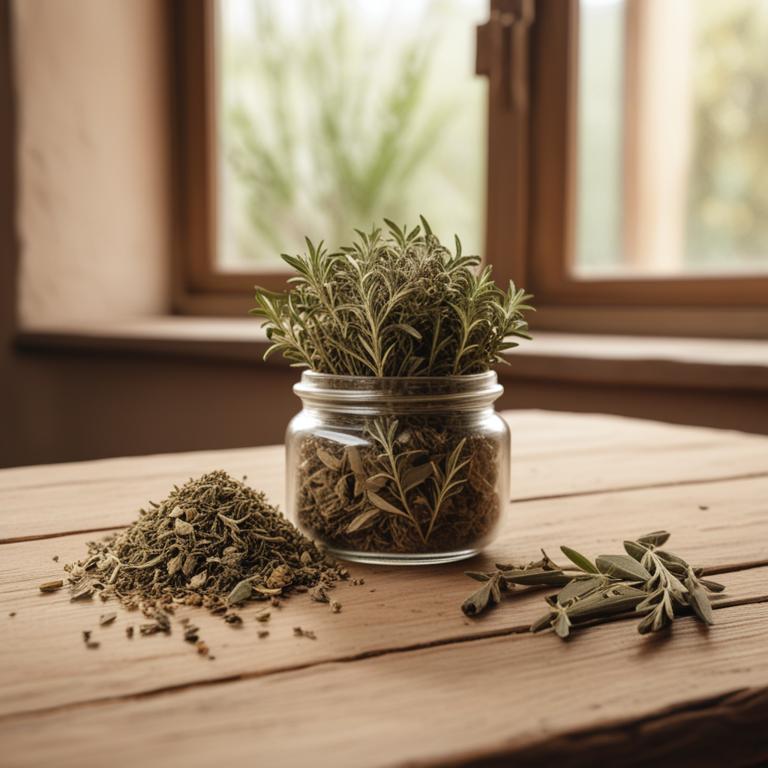
Grey Hair Causes, Treatment, and Medicinal Herbal Preparations
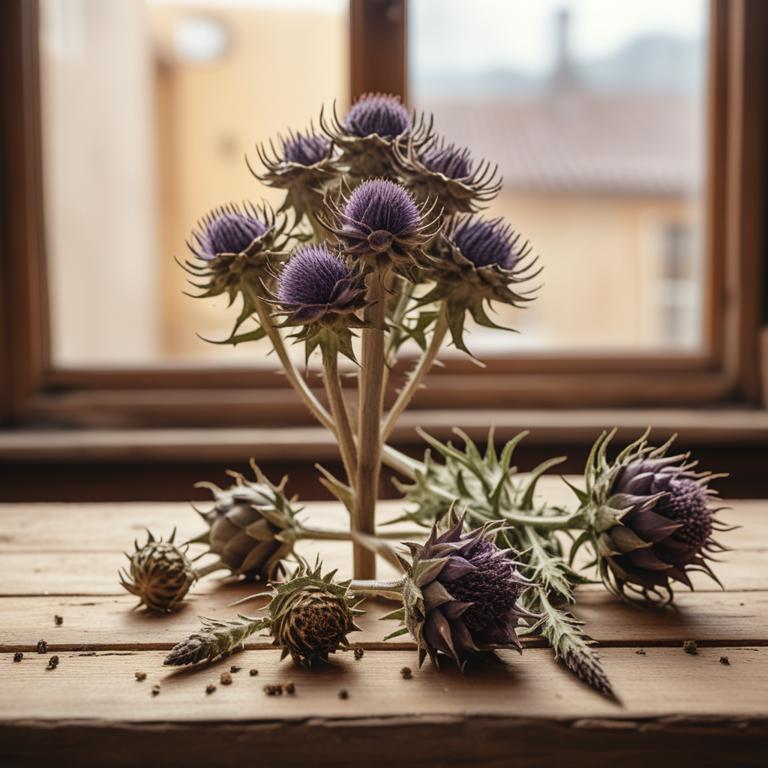
Eye Bags: Causes, Treatment Options, and Medicinal Herbal Remedies
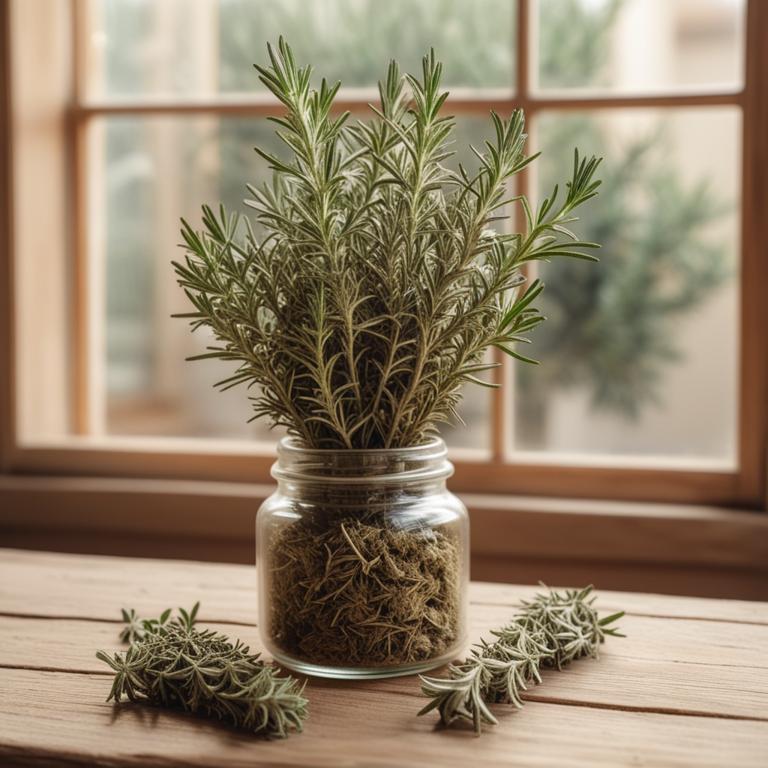
Frizzy Hair Causes, Medicinal Herbs, and Natural Preparations
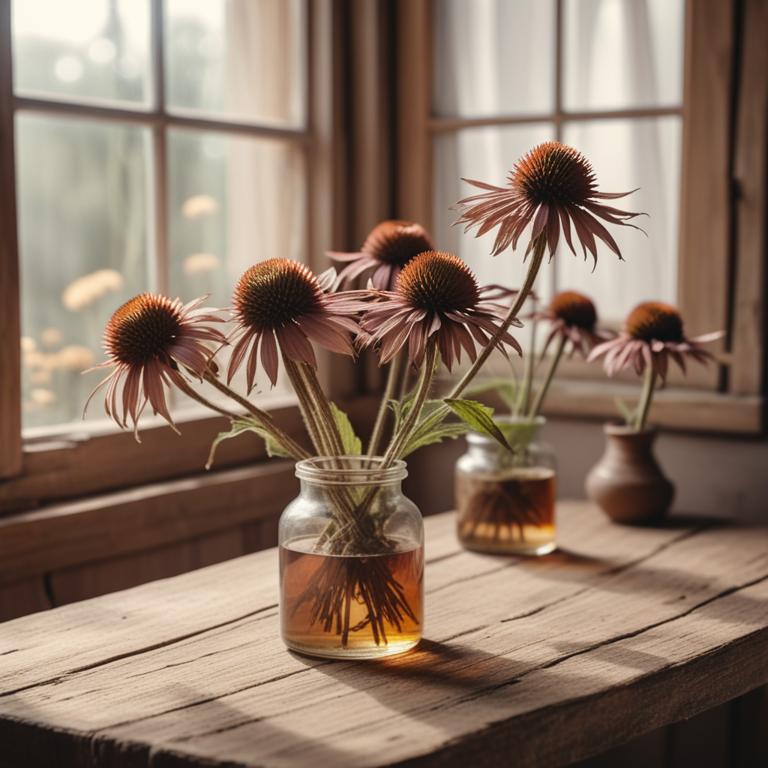
Nose Bleeding: Causes and Alternative Therapies with Medicinal Herbs
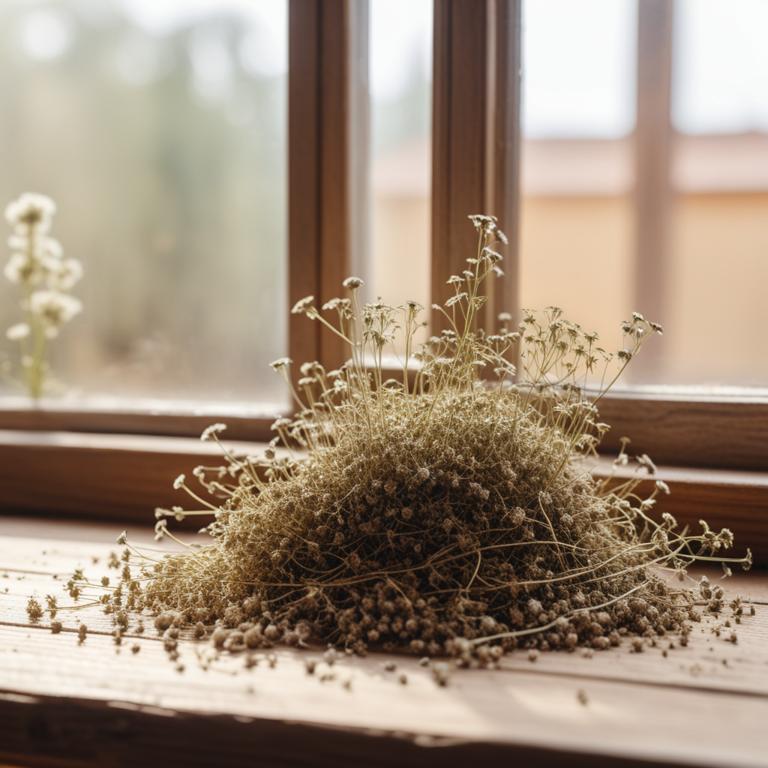
Puffy Eyes: Understanding the Causes and Finding Natural Remedies
